Flies, those ubiquitous insects that buzz around our homes and outdoor spaces, are a common sight worldwide. Often seen as pests, their dietary habits are surprisingly diverse and play a crucial role in various ecosystems. Understanding What Do Flies Like To Eat not only helps us manage their presence but also provides insights into their ecological significance and life cycle.
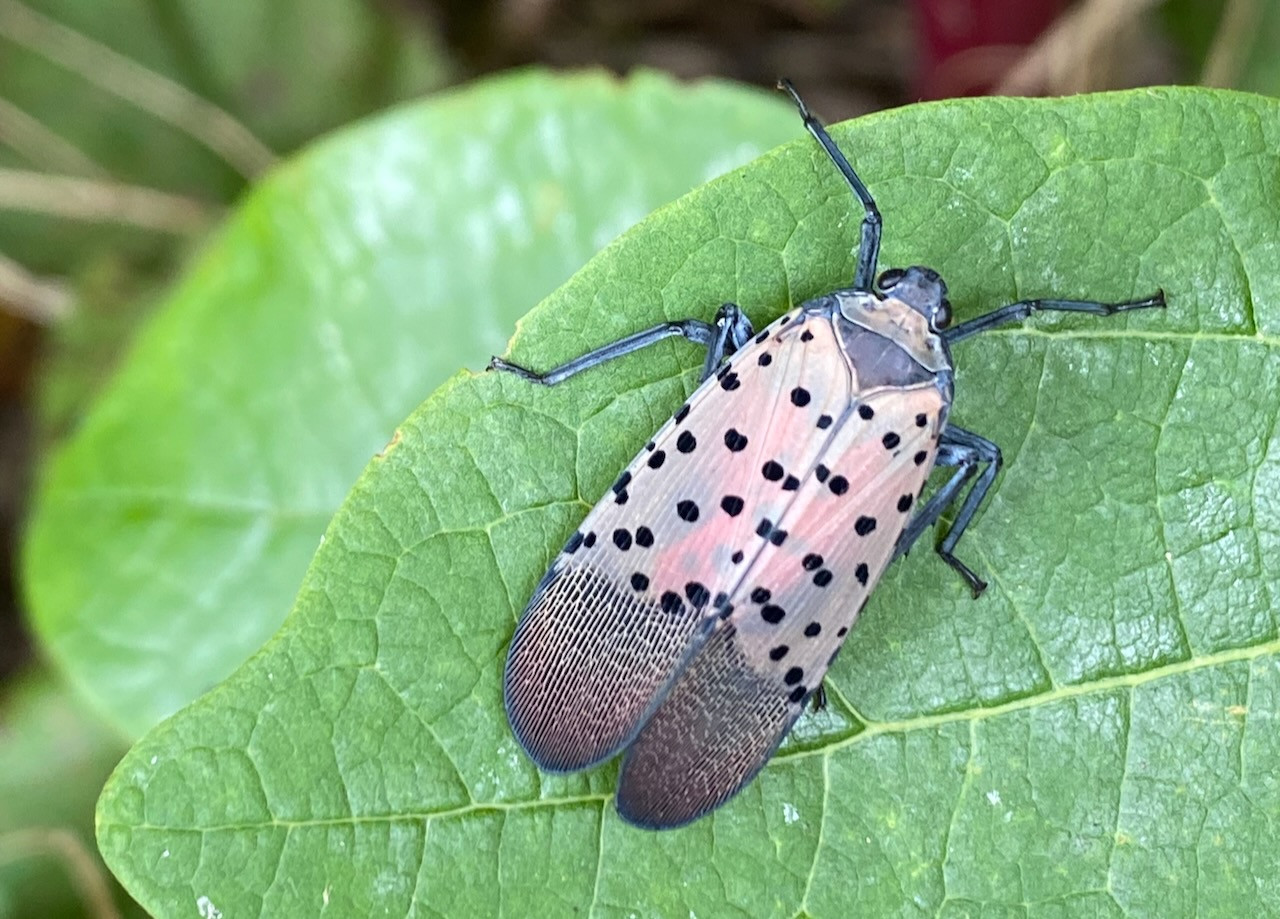 Spotted lanternfly
Spotted lanternfly
The Varied Palate of Flies: From Decaying Matter to Nectar
The question “what do flies like to eat” doesn’t have a simple answer because “fly” is a broad term encompassing a vast number of species. The order Diptera, which includes flies, is one of the largest insect orders, and their dietary preferences are as varied as their species. However, a common thread among many flies is their attraction to decaying organic matter.
Decomposers of Nature: Rotting Material and Waste
Many fly species, particularly house flies and blow flies, are saprophagous, meaning they feed on decaying organic matter. This includes:
- Rotting meat and carrion: Blow flies, in particular, are notorious for their attraction to dead animals. They play a vital role in decomposition, breaking down carcasses and returning nutrients to the soil.
- Decomposing fruits and vegetables: Fruit flies, as their name suggests, are drawn to fermenting fruits and vegetables. They are commonly found in kitchens and orchards where overripe produce is present.
- Animal and human waste: House flies are known to feed on feces and garbage. This feeding habit makes them vectors for disease transmission, as they can carry pathogens from waste to food.
- Compost and manure: The nutrient-rich environment of compost piles and manure heaps attracts various fly species that feed on the decomposing organic material.
This preference for decaying matter is not just about scavenging; it’s an ecological necessity. These flies are nature’s recyclers, helping to break down waste and prevent the accumulation of organic debris.
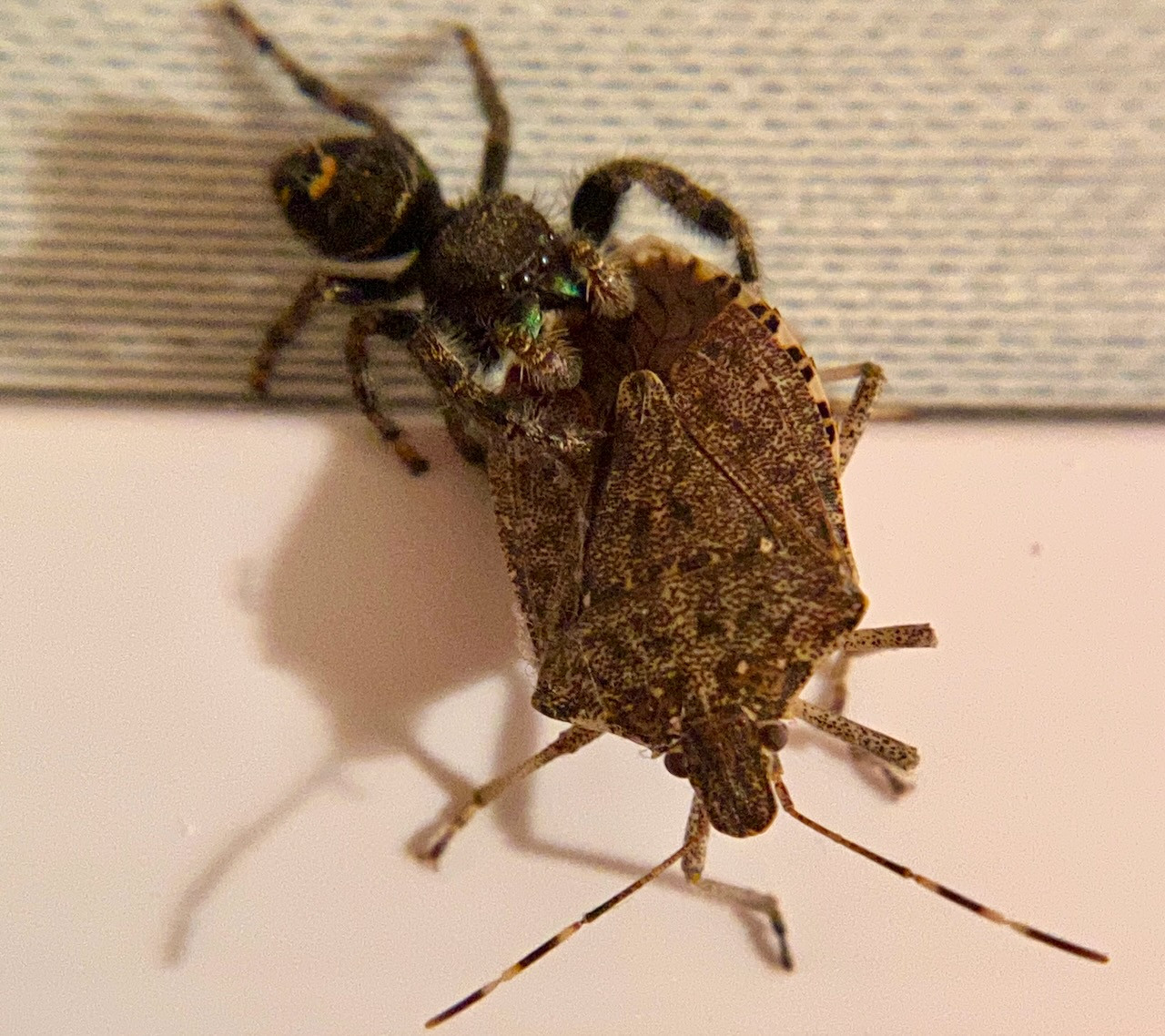 Jumping spider and brown marmorated stink bug
Jumping spider and brown marmorated stink bug
Sweet Treats: Nectar, Sap, and Honeydew
While decay is a significant part of the fly diet, many species also have a sweet tooth. What do flies like to eat that is sweet?
- Nectar from flowers: Many flies, including hoverflies and some fruit flies, feed on nectar. This makes them important pollinators, transferring pollen from flower to flower as they feed.
- Plant sap: Some flies, like certain types of fruit flies, are attracted to the sap of plants, which is rich in sugars and nutrients.
- Honeydew: This sugary substance is excreted by aphids and other plant-sucking insects. Flies, including house flies and some fruit flies, readily consume honeydew as a source of carbohydrates.
The attraction to sweet substances provides flies with energy for flight and other activities. This dietary preference also highlights their role in plant ecosystems, both as pollinators and sometimes as consumers of plant products.
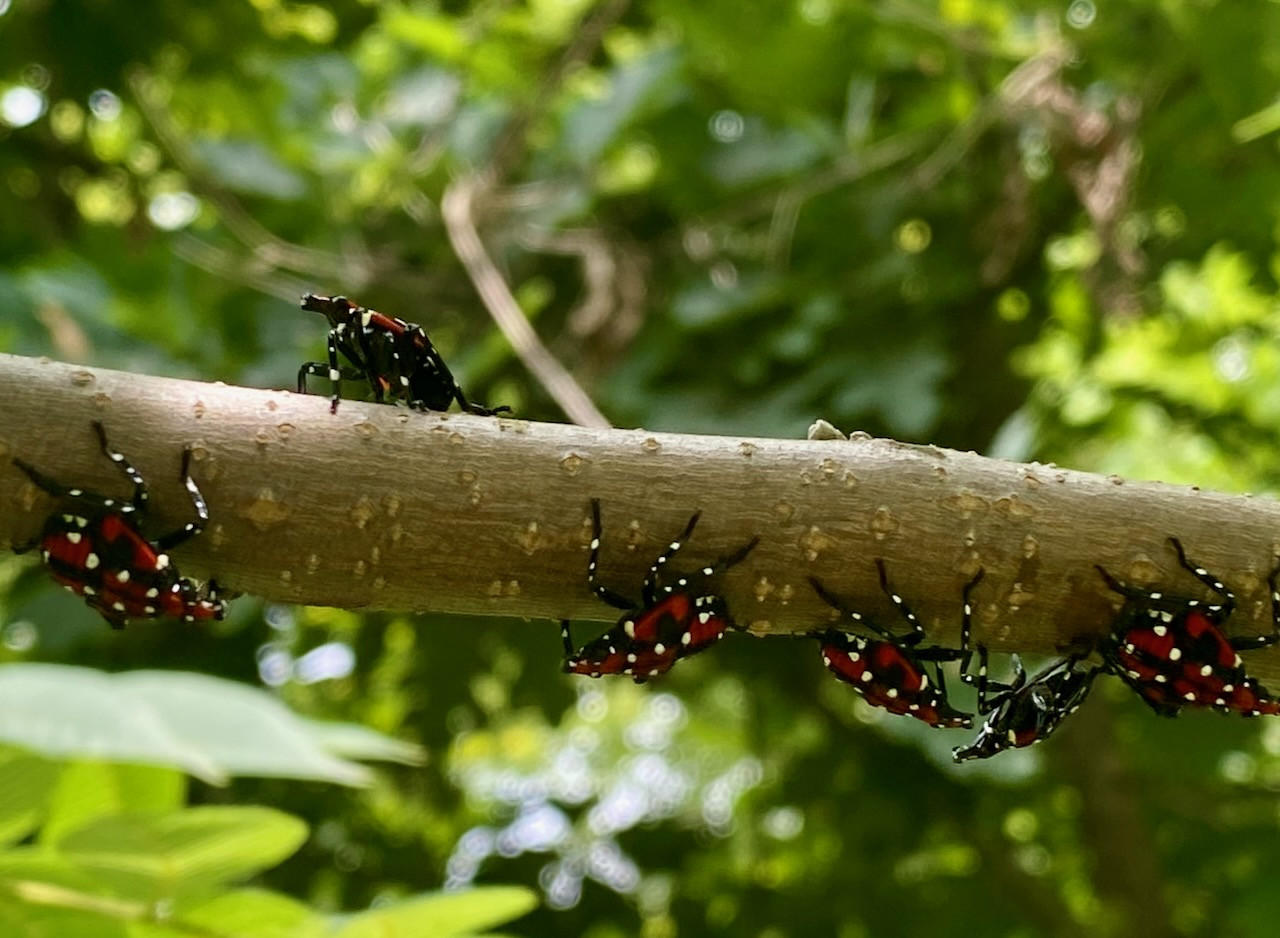 Spotted lanternfly nymphs
Spotted lanternfly nymphs
Specialized Diets: Predatory and Parasitic Flies
Not all flies are scavengers or nectar feeders. Some species have evolved specialized diets:
- Predatory flies: Robber flies and some dance flies are predatory, feeding on other insects. They are beneficial in controlling populations of other insects, including pests.
- Parasitic flies: Tachinid flies and some flesh flies are parasitic. They lay their eggs on or in other insects, and the larvae feed on the host, eventually killing it. These flies are important natural enemies of many pest insects.
- Blood-feeding flies: Mosquitoes, horse flies, and deer flies (which are all true flies) feed on the blood of animals, including mammals and birds. Females require blood meals to produce eggs.
These specialized diets showcase the remarkable diversity within the fly order and their complex interactions within food webs. Understanding what do flies like to eat in these specialized cases is crucial for biological control and public health.
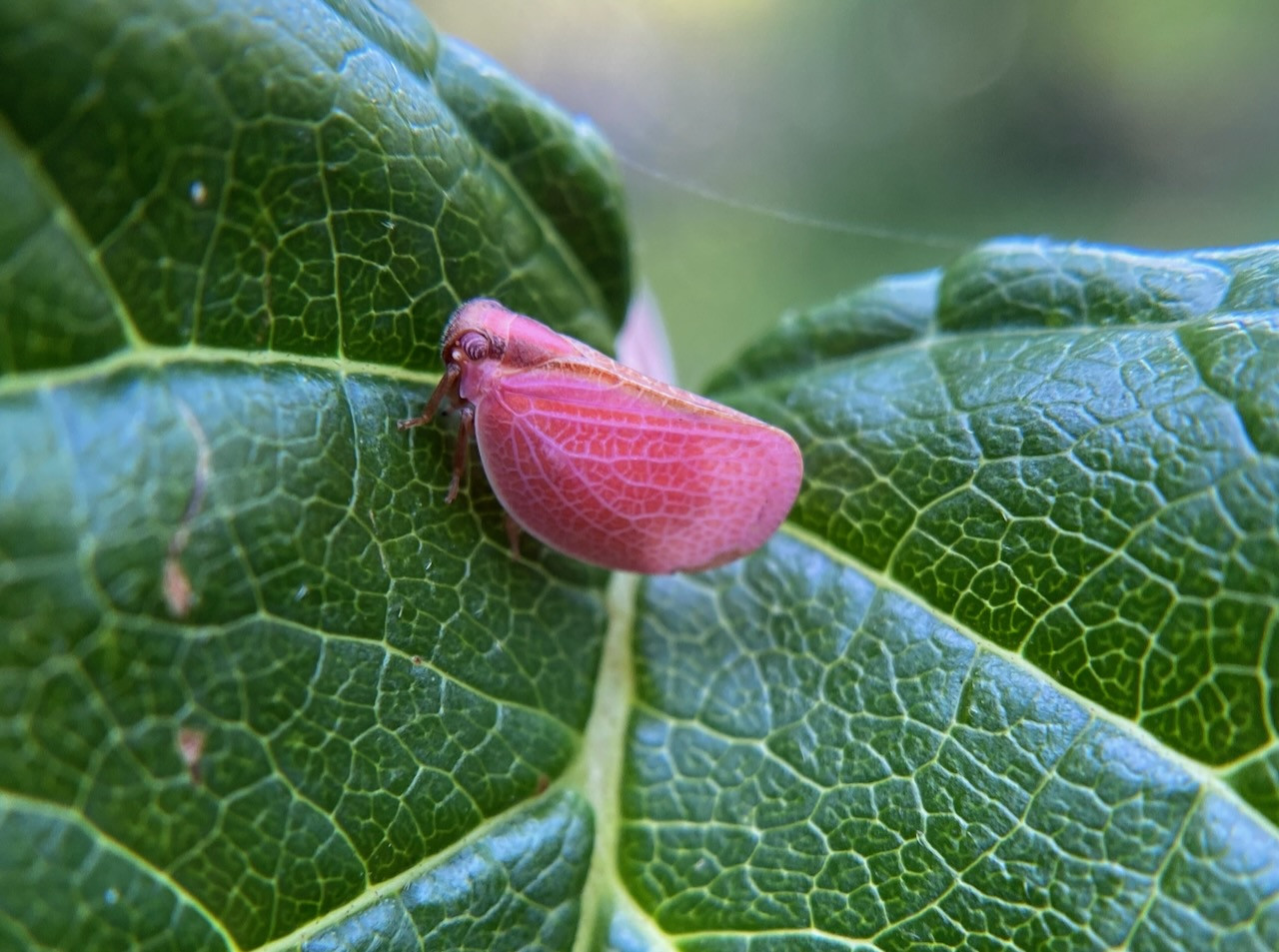 Pink two-striped planthopper
Pink two-striped planthopper
Attracting Flies: Understanding Their Food Preferences for Control
Knowing what do flies like to eat is essential for managing fly populations, whether in homes, farms, or urban environments. Attractants used in fly traps and baits often exploit their dietary preferences:
- Sweet baits: Sugar water, molasses, and fruit juice are effective in attracting fruit flies and house flies that are drawn to sweet substances.
- Protein baits: Rotting meat or fishmeal can be used to attract blow flies and flesh flies, which are attracted to decaying protein sources.
- Pheromone traps: Some traps use pheromones to attract specific fly species, often in combination with food attractants.
By understanding the specific dietary preferences of different fly species, more targeted and effective control strategies can be developed, reducing reliance on broad-spectrum insecticides.
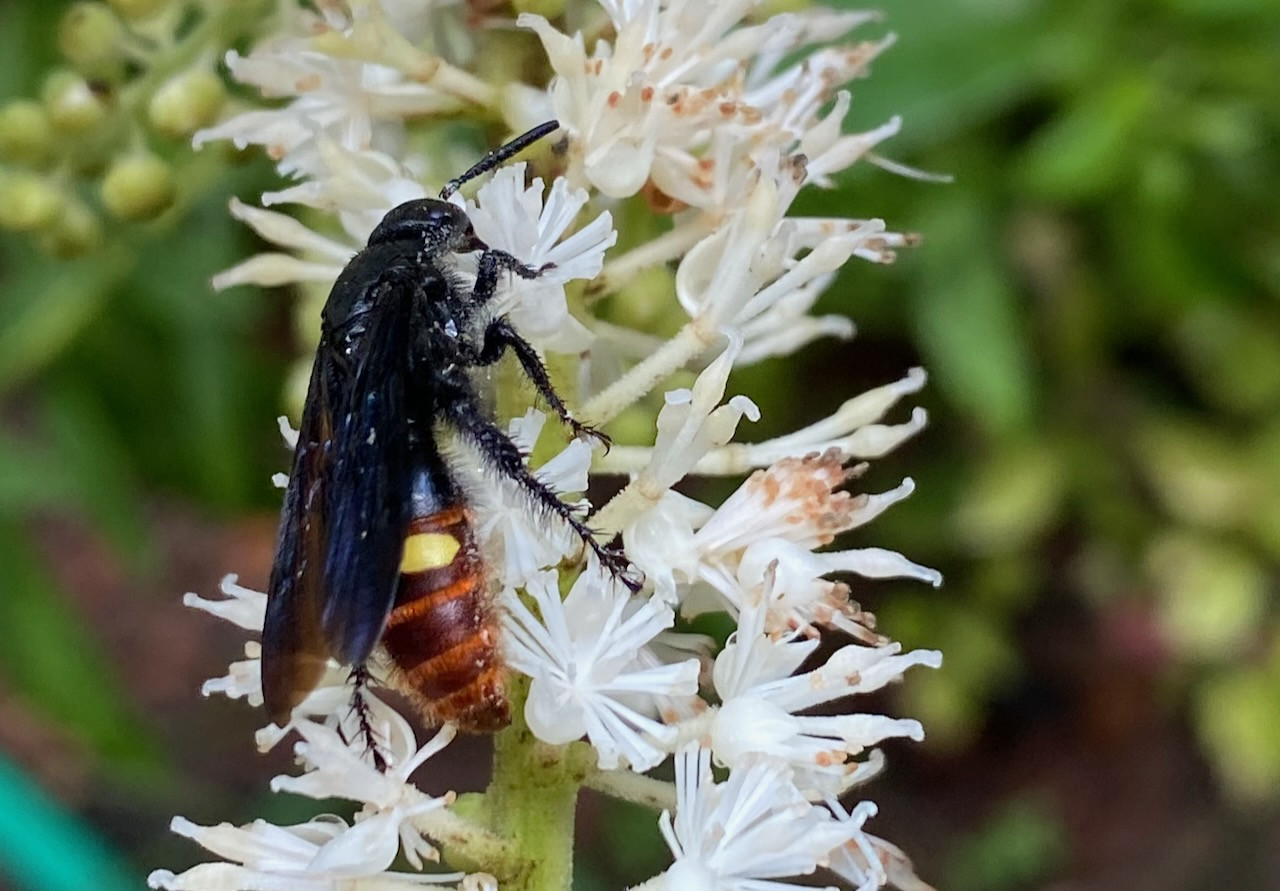 Bluewinged wasp on black cohosh
Bluewinged wasp on black cohosh
Conclusion: Flies as Diverse Eaters in the Ecosystem
In conclusion, what do flies like to eat is a question with a multifaceted answer. From decaying organic matter and sweet nectar to other insects and blood, flies exhibit a remarkable range of dietary habits. This dietary diversity reflects their ecological roles as decomposers, pollinators, predators, and parasites. Understanding these feeding preferences is not only crucial for managing fly populations but also for appreciating their complex and vital contributions to the natural world. Rather than simply viewing flies as pests, recognizing their diverse diets and ecological importance allows for a more nuanced and informed perspective on these ubiquitous insects.
 Tree of heaven seedling with spotted lanternfly
Tree of heaven seedling with spotted lanternfly
